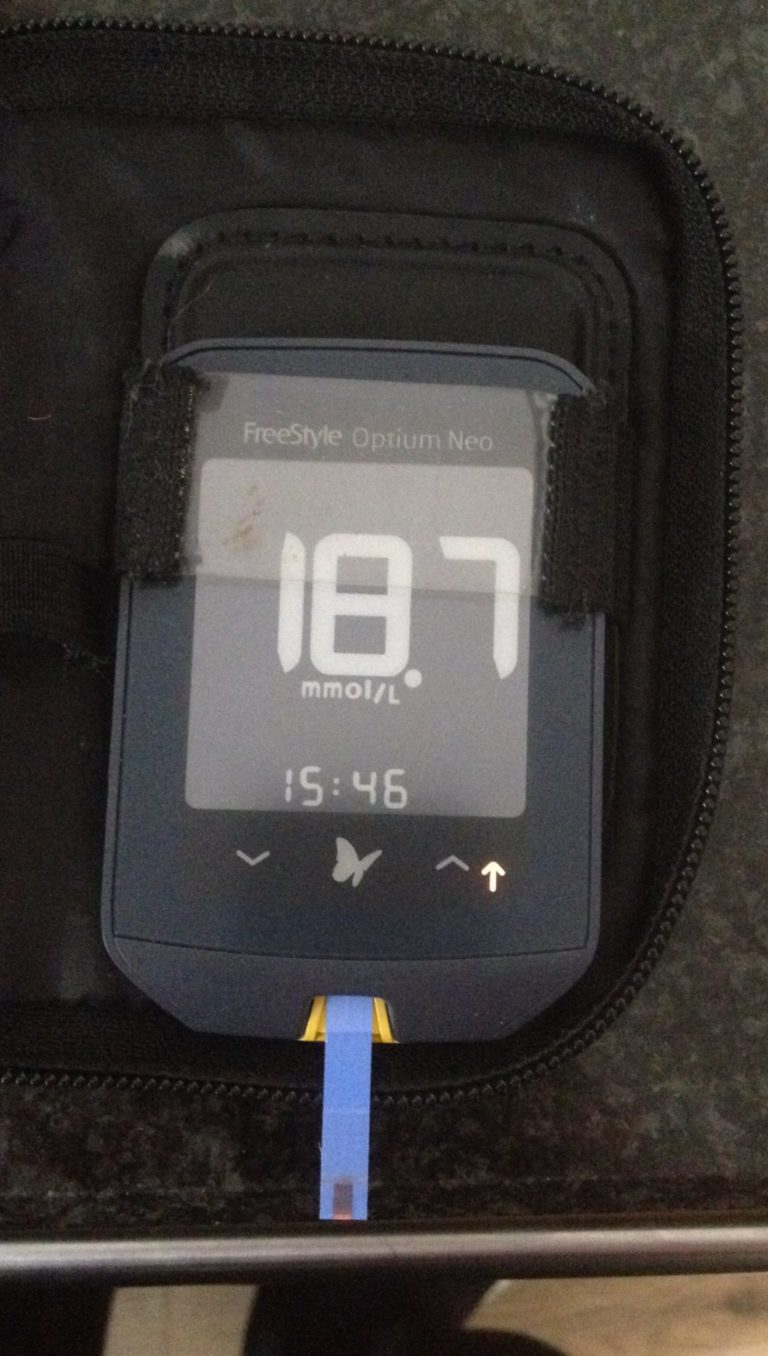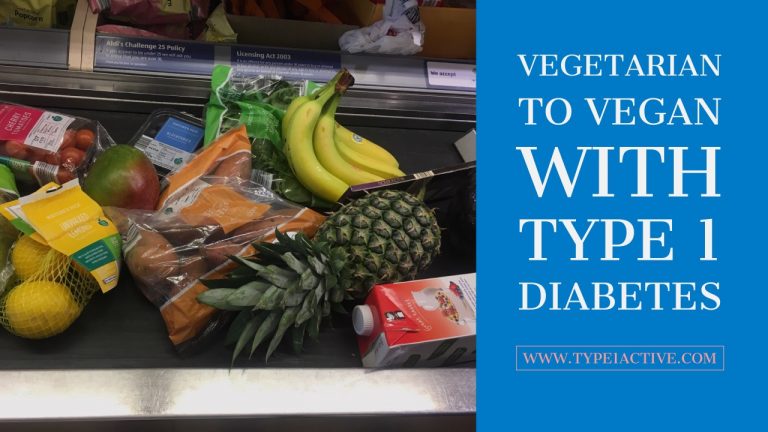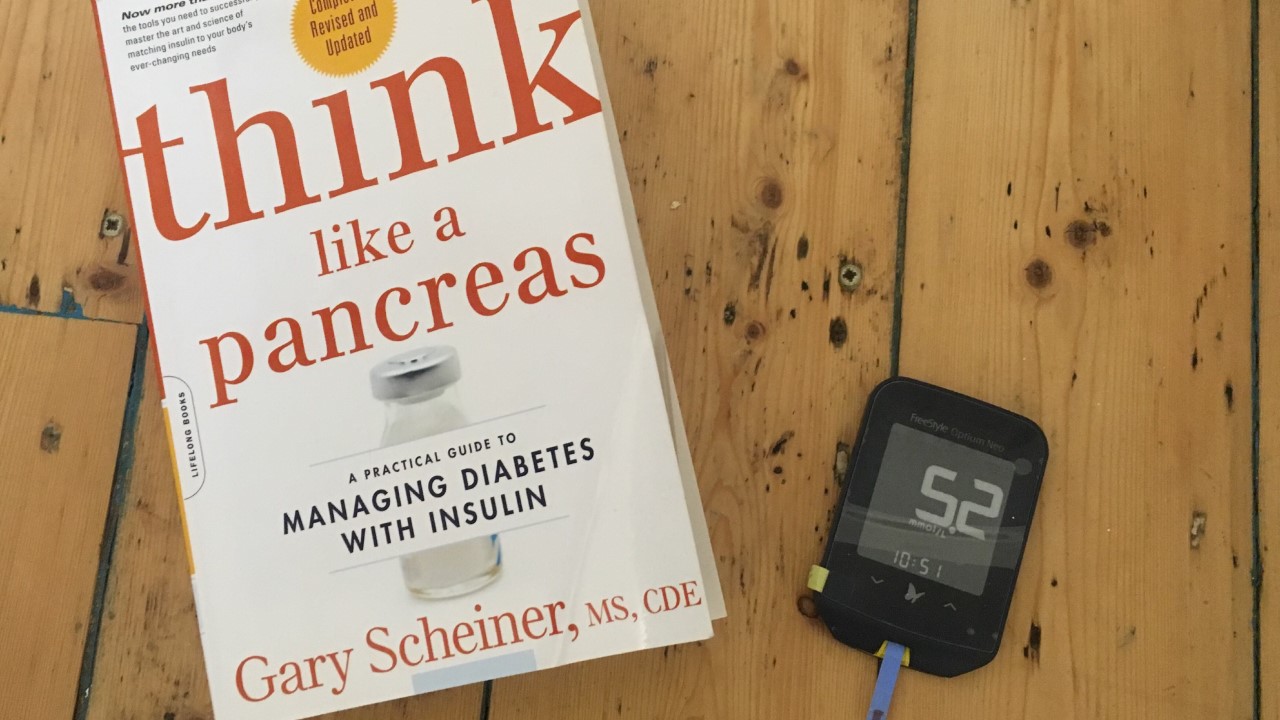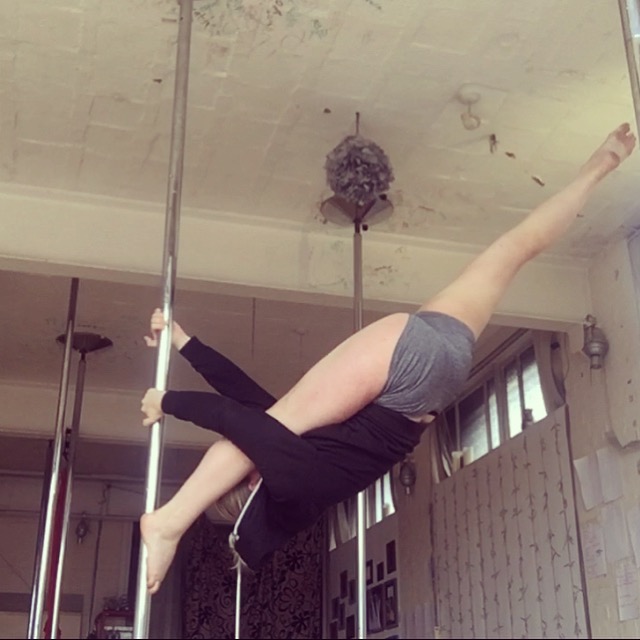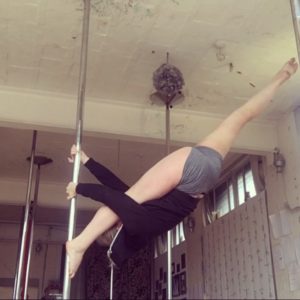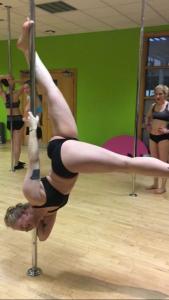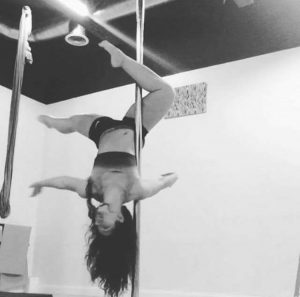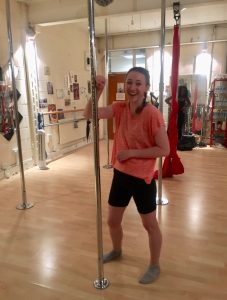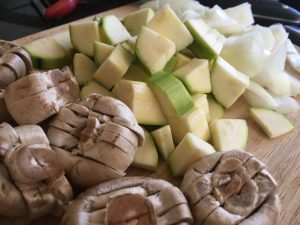 First of all, I recognise that dietary intake is a personal and cultural topic to the majority of people, so please read this as a sharing of my knowledge, experience and values, not as a challenge to your education, values and diet. If you have followed my Type 1 Active blog or social media for a while, you will probably know that I have maintained a vegetarian diet for the past 8 years and that, through macronutrient manipulation, I have a pretty wide understanding of food and how it effects my diabetes management. From this, I will discuss my motivations for transitioning from vegetarian to vegan, my initial concerns and what I have noticed since being fully vegan.
First of all, I recognise that dietary intake is a personal and cultural topic to the majority of people, so please read this as a sharing of my knowledge, experience and values, not as a challenge to your education, values and diet. If you have followed my Type 1 Active blog or social media for a while, you will probably know that I have maintained a vegetarian diet for the past 8 years and that, through macronutrient manipulation, I have a pretty wide understanding of food and how it effects my diabetes management. From this, I will discuss my motivations for transitioning from vegetarian to vegan, my initial concerns and what I have noticed since being fully vegan.
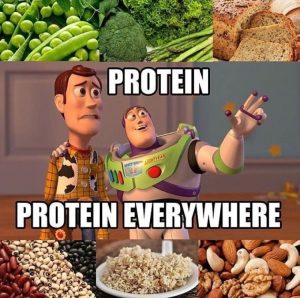 Concerns
Concerns
As someone who is very active and wants to maintain muscle mass, I was concerned about my protein intake, especially because the bulk of the protein I was eating came from yoghurt, cottage cheese and milk. Moreover, I had worked so hard, as a vegetarian, to be able to maintain an excessive amount of protein (150grams daily which I now know is far too much) and I was wondering how many beans, lentils and nuts I would have to eat to reach the same amount of protein on a vegan diet. In addition to anxieties of protein deficiency, there is a lot of speculation about vegans lacking in other vitamins such as iron or the ubiquitous b12 that can only be obtained by eating animal products. Other less pressing concerns were slightly petty, but I want to be honest… I love coffee!! I was questioning for a while how I was going to still enjoy cups of coffee without semi skimmed milk. I also love Maltesars when I go to the cinema so I was also allowing this to hold me back too. There were other things, but these were the main concerns. Oh, and I was also wondering how I would be able to defend my decision for this lifestyle change when I was challenged by friends, family and strangers. As I move through this post, I will show you how I was able to relax about all of the above.
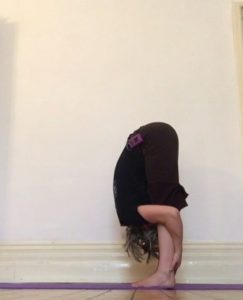 Motivations
Motivations
My first motivation for transitioning to veganism stemmed from the massive break outs I was having on my skin. As they had been happening for a few years I did some research and learned that the spots could be a direct result of stress, hormone imbalance or too much dairy consumption. I had my hormones checked via blood test and they came back as normal, and as I try to keep stress levels to a minimum that left the dairy in my diet as the culprit. From this, I associated breakouts to when I had been eating more dairy. So, by the end of January 2018, this give me enough fuel to cut all animal products from my diet to see how it worked for my skin. Shortly after making this decision, I began looking on YouTube for meal recipes and found an abundance of inspiration that guided me into a new direction of motivation.
I watched the documentaries, “Forks over Knives”, “Earthlings”, “Cowspiracy” and “What the Health”, all of which illuminated how animal products are contributing to the severity of disease and general ill health amongst humans. Furthermore, some of the graphic scenes within these documentaries opened my eyes to how ignorant I had been to animal cruelty. I instantly recognised the delusional dialogue I had been feeding myself as a vegetarian who thought I was doing some good for the animals by not eating meat. The reality is, without going into detail, the cows who were providing milk, yoghurt and cheese for my pleasure, were exploited, in pain and scared of death just like the animals that are slaughtered for consumption of meat eaters.
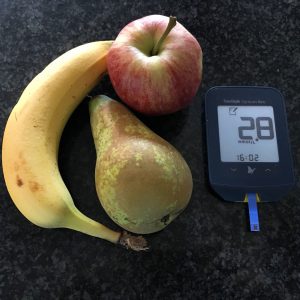
Positives of Vegan Diet so far
As you have just read, my motivation related to the aesthetics of my skin and to general empathy towards the mistreating of animals and I can happily say that I am seeing positives about both of those things. Although it is not perfect, my skin is clearing up and it definitely looks like it is in a better place. Moreover, switching to non-animal based products, including the milk in my coffee which is now deliciously replaced with soya or almond milk, I actually feel like I am contributing to a good cause by not investing my hard earned money into the exploitation of animals.
In addition to the above, I have noticed unexpected positives too and this first one is a revelation in itself because it is that I feel more at peace with food than I ever have. I’m not overly obsessing about calories, specific macronutrient ratios or how much I am eating. If I am hungry I will eat until I’m full and if I get hungry again, I will eat again. The food I have been consuming, although not majorly different to what I ate previously, makes me feel good, not guilty. This is a massive shift in my thinking and I am so grateful that I can find this peace, even if I do still have to count carbs for diabetes management. Relating back to protein as one of my earlier concerns, without being too worried about caloric intake, I am easily eating between 70-90grams of protein per day and I don’t see any loss in muscle or strength. Yes, you could argue that it is early days, but from following other vegan athletes, such as Simnett Nutrition and Rich Roll, I see that a vegan body can be a strong, efficient body.

In terms of overall well being, my energy is increasing daily and I feel excited to burn this energy off when I go to training. I suspect that the added carbohydrates, that I am using to replace the excessive protein I used to eat, have something to do with it. Speaking of carbs, whilst I have increased my carbohydrate intake (between 250g-400g), my total daily insulin has been reduced. This means that my overall insulin sensitivity is improving and I have experienced a few severe lows to prove it. This can only mean that my body is handling carbs better than it did when I was eating dairy (mostly zero fat). However, due to the increase in carbs and a few miscalculations, I have had a few highs too, but this would be no different to my regular diet. So, a quick tip from me… if you attempt to try turn vegan overnight, please be prepared to adjust your insulin accordingly.
I know diabetes is a massive topic in your life, as it is in mine, so you don’t just have to take my word for it. There are multiple studies that have proven plant based / whole food diets can reverse type two diabetes. Yes, I recognise that the majority of the people who read this blog post are type 1 diabetic, but I’m certain that this research regarding type 2 diabetes can clearly offer strategies that can be successfully employed by type 1 diabetics too. Mindful Diabetic Robbie can tell you all about type one and type two with plant based diet.
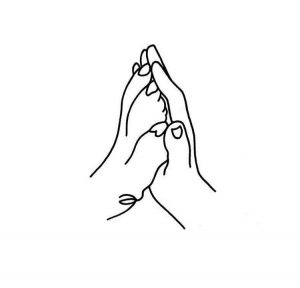 Useful Resources
Useful Resources
Simnett Nutrition… Everything you need to know about a Vegan diet, including delicious recipes, regular vlogs, and of course, athletic motivation. His way of life and his incredible physique can completely override the picture you have of the “malnutritioned thin vegan” to what a plant based diet can really allow you to achieve.
Earthling Ed comes more from the animal rights activism stance, as opposed to health, but still definitely worth watching if you are willing to let him abolish any preconceived notions that you have regarding veganism. Apply his questions to the internal logic you have about eating animal products and see how you get on.
Dr Michael Gregor, author of “How Not To Die”, is a highly experienced force who strongly advocates a plant based diet for the maintenance of exemplary health. His work covers the prevention and reversal of chronic disease, such as Type 2 Diabetes, and he offers many case studies that can prove how effective this diet is.
So far, I believe that I am truly profiting from this diet and I know that if I continue to treat my body with the most nutritious food, my body will pay me back with further strength and vitality.
Rowena x
p.s. after I had already written this post, I did a poll on Instagram that asks whether I should write on or not. For those of you who said yes, thank you for being open to learn and absorb new information that might stand outside of your comfort zone. For those of you who didn’t want me to write this, thank you for reminding me that diet and health is not priority for some people. We have all been there.

